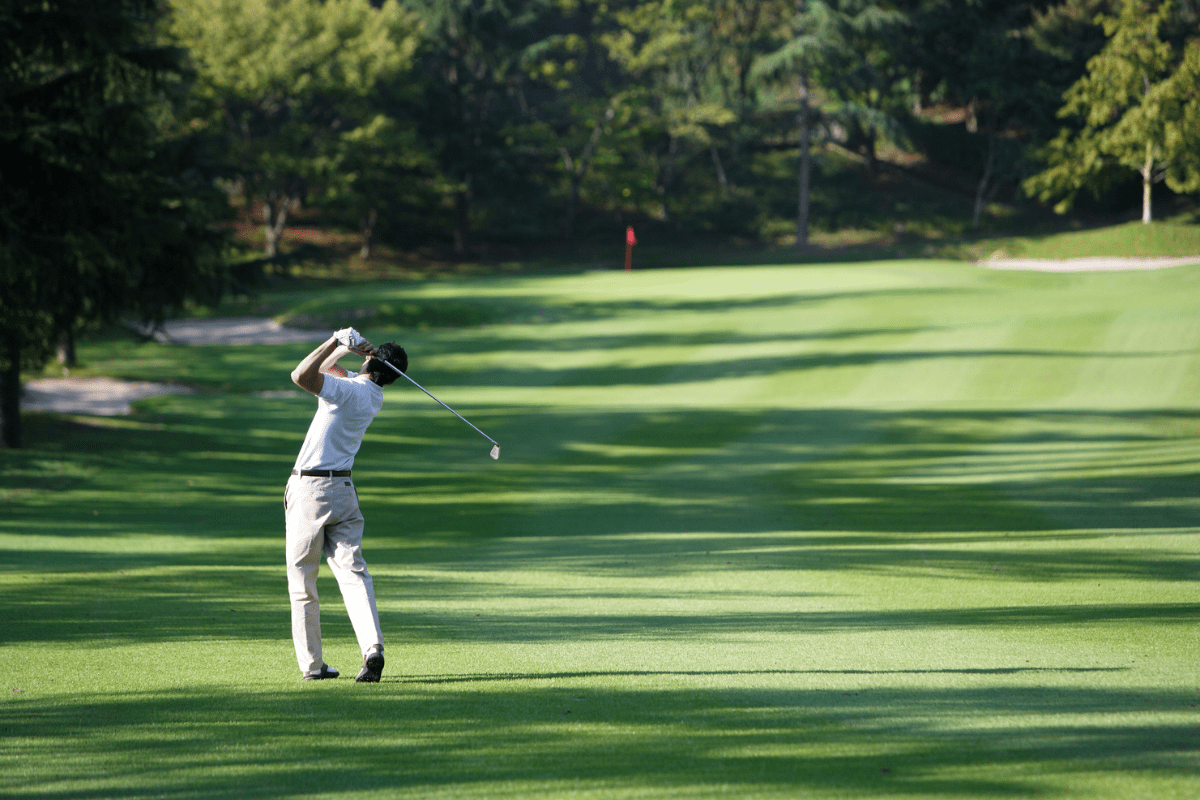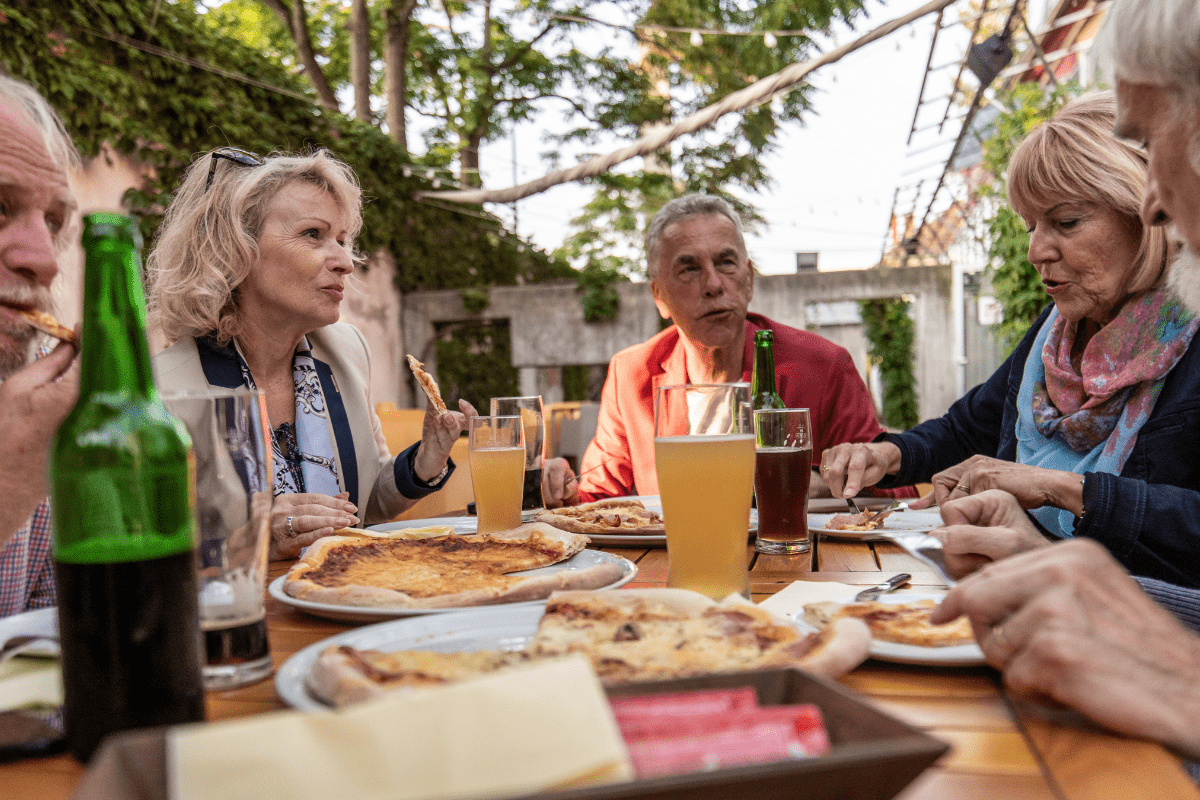So you're thinking about buying a home in Omaha? Congrats on discovering America's best-kept housing secret, where you can still buy an actual house without selling your organs on the black market. While coastal buyers are fighting over million-dollar shoeboxes, Omaha just quietly claimed the #1 hottest housing market spot in the entire country, and somehow prices are still about 30% below the national median.
Why everyone suddenly cares about Omaha
Here's the thing about Omaha that nobody tells you until you're already here: it's basically a real city disguised as a friendly Midwest town. The unemployment rate is chilling at just 2.8% while the rest of the country sits at 4.1%, probably because everyone here actually has jobs. The median home price hovers around $310,000, and houses are selling faster than Runza on a Friday night… we're talking 14 to 16 days on average.
But here's where it gets interesting. The city is dumping over $8 billion into infrastructure projects right now. Not eventually. Not "in the planning stages." Right now. We're getting a 44-story tower that'll be the tallest building between Chicago and Denver, a streetcar system that people will definitely make fun of until they use it, and an airport renovation that'll finally stop making us feel embarrassed when out-of-town friends visit.
The real kicker? Warren Buffett lives here. In Dundee. In a house he bought in 1958. If the Oracle of Omaha hasn't left yet, maybe there's something to this place.
West Omaha: Where the schools are golden and the lawns are greener
Let's start with where most families end up looking first: West Omaha. This is suburb heaven, if heaven had excellent schools and three Targets within a 10-minute drive.
Elkhorn leads the premium pack
Elkhorn used to be its own city until Omaha absorbed it like the Blob, and now it's where everyone with kids and a healthy budget wants to live. The median home price sits around $615,000, which sounds insane for Nebraska until you realize the schools have an "Excellent" state rating and only 8% of students qualify for free or reduced lunch. Translation: your kids' classmates will probably all show up to group projects.
The population has nearly tripled in 20 years, which means mostly new construction homes and that satisfying smell of fresh drywall. South Elkhorn has five lakes within walking distance, though "walking distance" is relative when everyone drives everywhere anyway. The commute downtown via I-680 is painless, assuming you consider 25 minutes of podcast time painless.
Millard offers something for everyone (seriously)
Millard is like Goldilocks' perfect porridge… there's something at every price point from $200,000 starter homes to million-dollar mini mansions. The school district educates over 23,000 students across 37 schools, earning "Great" ratings and the #2 spot in Nebraska.
Here's what nobody mentions in the real estate listings: Millard North High School is the #1 public high school in the entire state. They've had an International Baccalaureate program since 2001 with a 90% pass rate. Your teenager might actually thank you someday. Probably not, but maybe.
The crown jewel here is Zorinsky Lake, 900 acres of park with newly built inclusive playgrounds that'll wear your kids out better than any iPad. Village Pointe shopping center has Nebraska's only Apple Store, which matters more than it should.
Westside whispers old money
The Westside/District 66 area is where established Omaha money quietly lives. Median prices range from $460,000 to $570,000, and the district rocks a Grade A rating while sitting pretty at #3 in the state.
What makes Westside special is its modular scheduling system… the only one in Nebraska public schools. Kids get flexible learning time, which attracts medical professionals from UNMC and Creighton who appreciate educational innovation. Many properties have lots over half an acre with mature trees and that mid-century modern architecture that's trendy again. These are the houses that make you think, "An adult definitely lives here."
Central Omaha: Character homes and actual walkability
Central Omaha is where things get interesting. These neighborhoods have sidewalks people actually use, trees older than your grandparents, and houses with quirks that would make HGTV producers weep with joy.
Dundee: Where Warren Buffett hangs his hat
Dundee is Omaha's original suburb from 1880, and it shows in the best way possible. The American Planning Association named it a "Great Neighborhood" in 2011, probably because of those cast-iron streetlights and Tudor Revival homes that make you feel like you're in a cozy British mystery novel.
Median prices range from $227,000 to $413,300, which is surprisingly reasonable for a neighborhood where you might bump into Warren Buffett at the grocery store. The Walk Score hits 82, meaning you can actually walk to get coffee without neighbors calling to check if your car broke down. Underwood Avenue has become a legitimate restaurant scene, not just "good for Omaha" but actually good.
Aksarben-Elmwood Park brings the balance
This area transformed from a horse racing track to one of Omaha's most interesting neighborhoods. With median prices around $275,000, it's accessible but not cheap. The violent crime rate is just 2.374 per 1,000 residents, and annual crime costs run $149 per resident compared to the city's $351 average.
Aksarben Village hosts farmers markets from May through October, and being near UNO means reliable rental income if you're thinking investment property. The housing mix includes everything from single-family homes to modern apartments, attracting everyone from young professionals to empty nesters who want to downsize but not down-fun.
Benson: The creative soul of Omaha
Benson is having a moment, and by moment I mean a full-blown renaissance. With median prices between $215,000 and $222,500, it's attracting artists, musicians, and people who use the word "authentic" unironically.
The Waiting Room venue has gained national recognition, craft breweries are multiplying like rabbits, and the "Benson strip" offers nightlife that doesn't involve chain restaurants. The violent crime rate of 2.504 per 1,000 residents stays below city averages, and the Walk Score of 72 means you can stumble home from those breweries safely.
The urban core gets interesting
Downtown Omaha and the Old Market used to be where you went for jury duty or a anniversary dinner. Now they're becoming actual neighborhoods where people want to live.
Downtown proper has median prices around $215,000, mostly in converted lofts that let you tell people you live in a converted loft. The Old Market commands $416,000 medians for the privilege of living above cobblestone streets and explaining to delivery drivers that yes, this is a real address.
Both areas score 85 to 90 on walkability, the highest in the city. You genuinely don't need a car, which is borderline revolutionary for Nebraska. The $600 million Mutual tower going up will reshape downtown's skyline and probably its demographics. The $306 million streetcar coming in 2028 will connect downtown to midtown, already spurring development along the route.
Schools: The great separator
Let's talk about what really drives Omaha real estate: schools. The difference between districts is… dramatic.
Top performers by the numbers:
- Gretna: #1 statewide, A+ rating
- Millard: #2 statewide, "Great" rating
- Westside: #3 statewide, Grade A
- Elkhorn: "Excellent" state rating
- Bennington: Top 5, growing fast
- Papillion-La Vista: Consistently strong
- Omaha Public Schools: "Needs Support" rating
OPS serves 51,754 students with 77% qualifying for free or reduced lunch. They're working on improvements and offer unique magnet programs, but the performance gap with suburban districts is real and reflected in home prices.
Private schools offer alternatives, with Duchesne Academy (all-girls) and Creighton Prep (all-boys Jesuit) leading the pack. Tuition starts around $12,250, which might seem steep until you calculate private school costs in other cities.
Getting around: Cars required, trails included
Let's be honest about transportation: 96.4% of Omaha drives alone to work. Only 1.3% use public transit. The city's Walk Score is 48, which translates to "car-dependent" in urban planning speak.
Average commute times stay reasonable at 17.27 minutes citywide. From Bellevue, you're looking at 15 to 20 minutes downtown. West Omaha runs 20 to 40 minutes during rush hour, which locals call "traffic" while people from LA laugh hysterically.
The bright spot? Omaha has 125+ miles of paved trails, including the 27-mile Keystone Trail. Great for recreation, less useful for commuting unless your office happens to be in a park.
The ORBT rapid bus on Dodge Street runs every 10 minutes during weekdays, which is genuinely useful if you live and work along that corridor. The coming streetcar might change the car-dependent culture, but for now, budget for a vehicle unless you're committed to downtown living.
Crime: Better than you'd think
Here's good news nobody seems to know: Omaha's crime dropped significantly in 2024. Overall crime fell 17%, violent crime dropped 21%, and the city recorded just 19 homicides, the lowest since 1990.
The city averages 42 crimes per 1,000 residents, which isn't amazing but isn't apocalyptic either. Northwest Omaha offers the best odds at 1 in 58 chance of being a victim, while Central Omaha runs higher at 1 in 29.
Some neighborhoods are crushing it on safety. Aksarben-Elmwood Park has annual crime costs of just $149 per resident versus the city's $351 average. The Lighthouse program in North Omaha achieved 75% crime reduction in participating areas, proving community policing actually works.
The development tsunami
Omaha is undergoing its biggest transformation since they figured out how to properly cook a steak. Over $8 billion in current and planned projects will reshape the city.
Major projects reshaping Omaha:
- Mutual tower: 44 stories of insurance glory
- Streetcar: 3-mile starter route by 2028
- RiverFront: 72 acres of actual riverfront activation
- Airport renovation: Nearly $1 billion modernization
- UNMC expansion: $2.2 billion planned hospital
- Crossroads: $900 million mixed-use development
- Gene Leahy Mall: Complete transformation downtown
The Greater Omaha Chamber wants to add 30,000 new residents to the urban core by 2040. Multi-family permits now represent 41% of new residential construction, up from 32% in 2018. Translation: Omaha is growing up, literally.
Hidden gems and emerging areas
Some neighborhoods fly under the radar but offer serious potential. Florence maintains median prices around $211,500 with Victorian homes and legitimate small-town vibes despite being in the city.
Little Italy, at $295,500 median, serves authentic Italian food and cultural heritage in Italianate and Craftsman homes. The Blackstone District is revitalizing rapidly with a Walk Score of 76 and claims to fame like inventing the Reuben sandwich.
North 24th Street corridor shows massive potential with active revitalization and that 75% crime reduction in Lighthouse program areas. These neighborhoods offer what Dundee offered 15 years ago: character, affordability, and upside potential.
Making your move
Here's the bottom line: Omaha offers something increasingly rare in American cities… opportunity without insanity. You can buy a house in a top school district for under $400,000. You can find a walkable neighborhood for under $300,000. You can get a starter home for around $200,000 that isn't held together with duct tape and prayers.
The market moves fast, with homes selling in two weeks, but inventory exists. The economy stays strong with unemployment at 2.8% and major employers like Mutual of Omaha, UNMC, and Charles Schwab providing stability. Those billions in development aren't speculation; they're actively under construction.
Whether you're chasing schools in Elkhorn, walkability in Dundee, or investment potential in Benson, Omaha delivers options without requiring a trust fund. The city that Warren Buffett calls home might not be glamorous, but it's real, it's growing, and it's still accessible.
Just don't wait too long. That #1 hottest market ranking means more people are discovering what Omahans have known all along: this is a pretty great place to plant roots. Even if you have to drive everywhere. Even if the winters are brutal. Even if nobody can pronounce Aksarben correctly on the first try.
Welcome to Omaha. Your wallet will thank you, your kids will get educated, and you'll learn to love Runzas. It's basically required.





